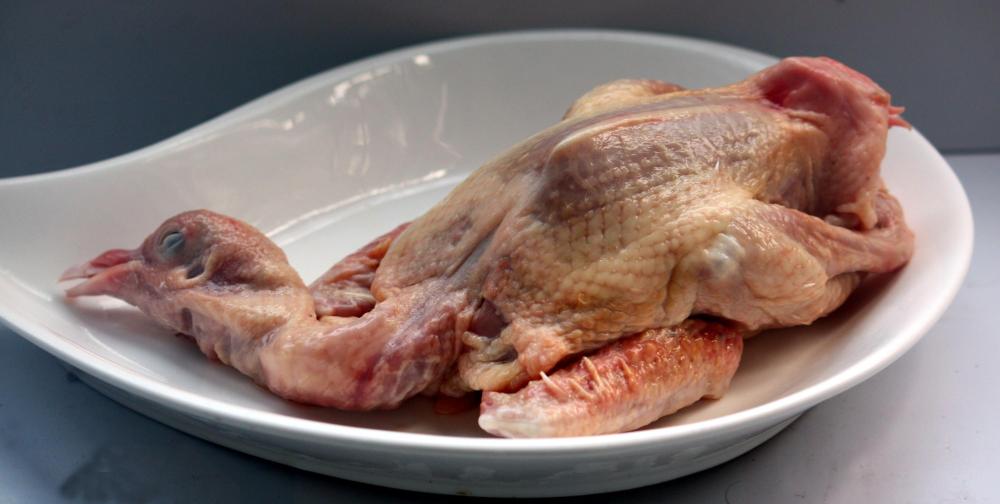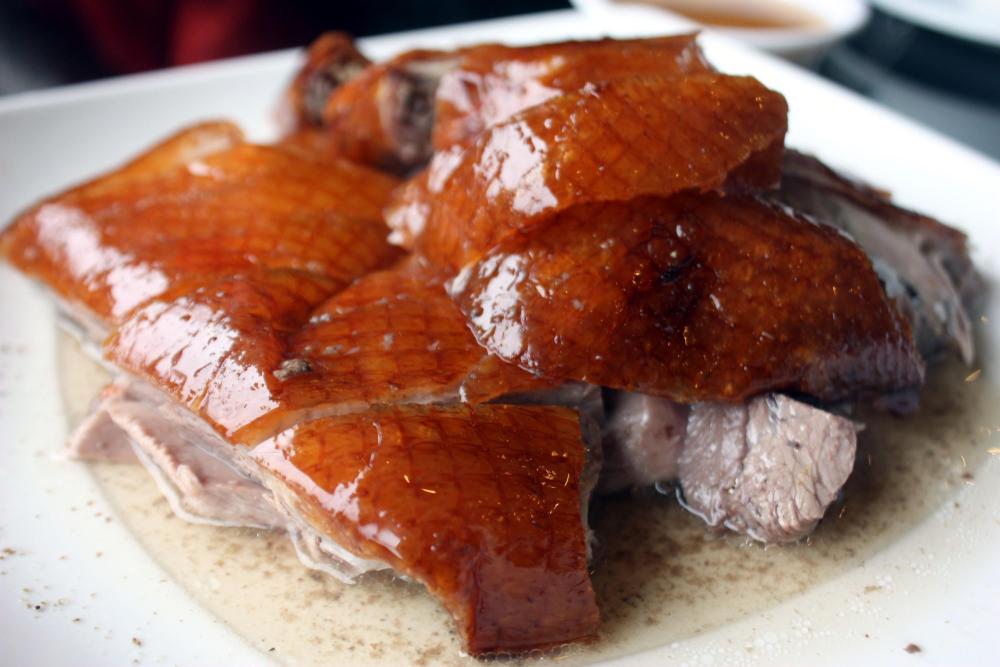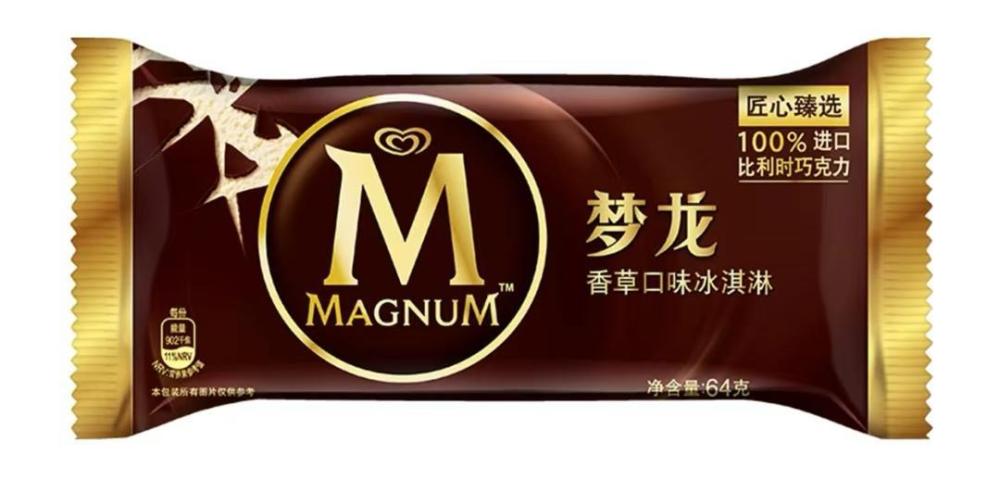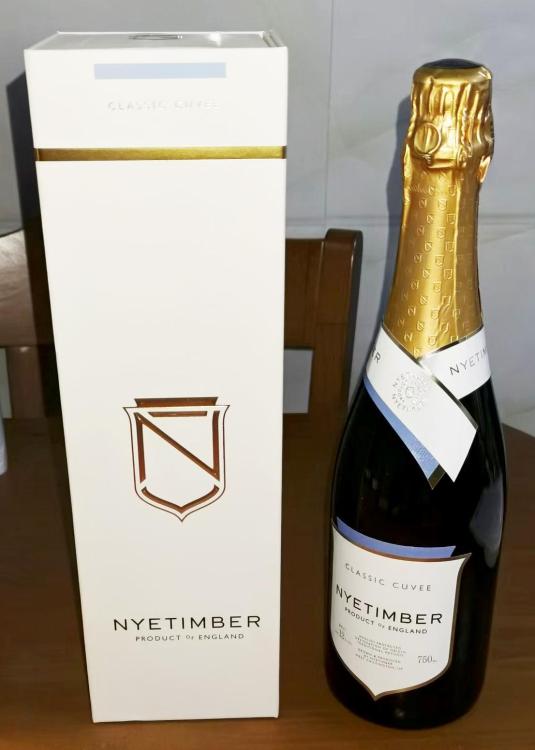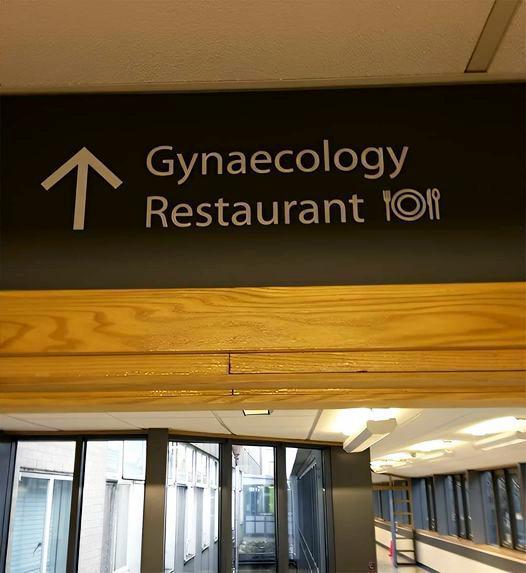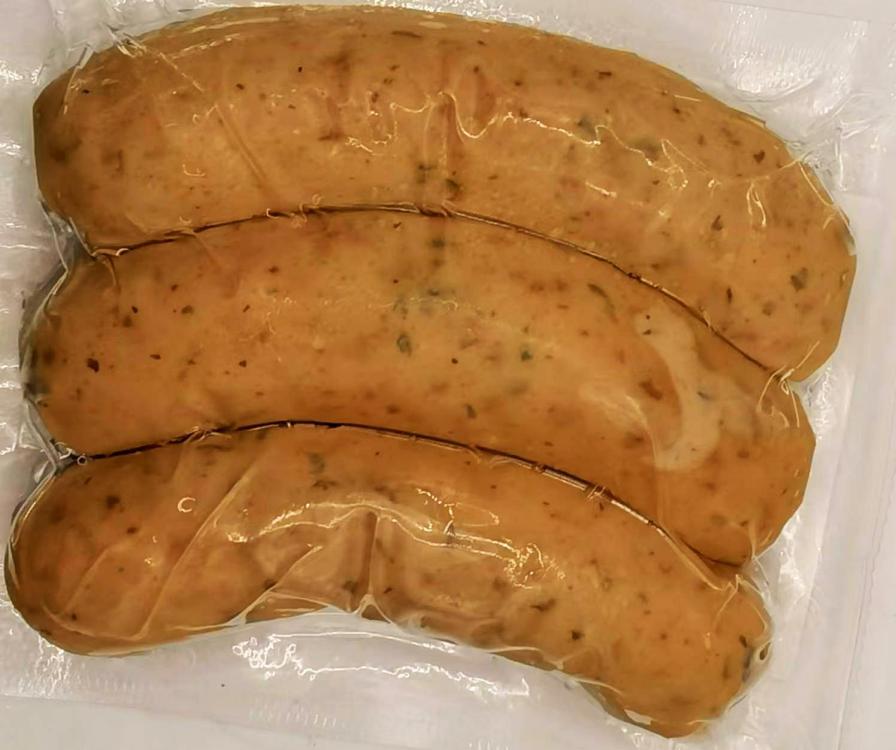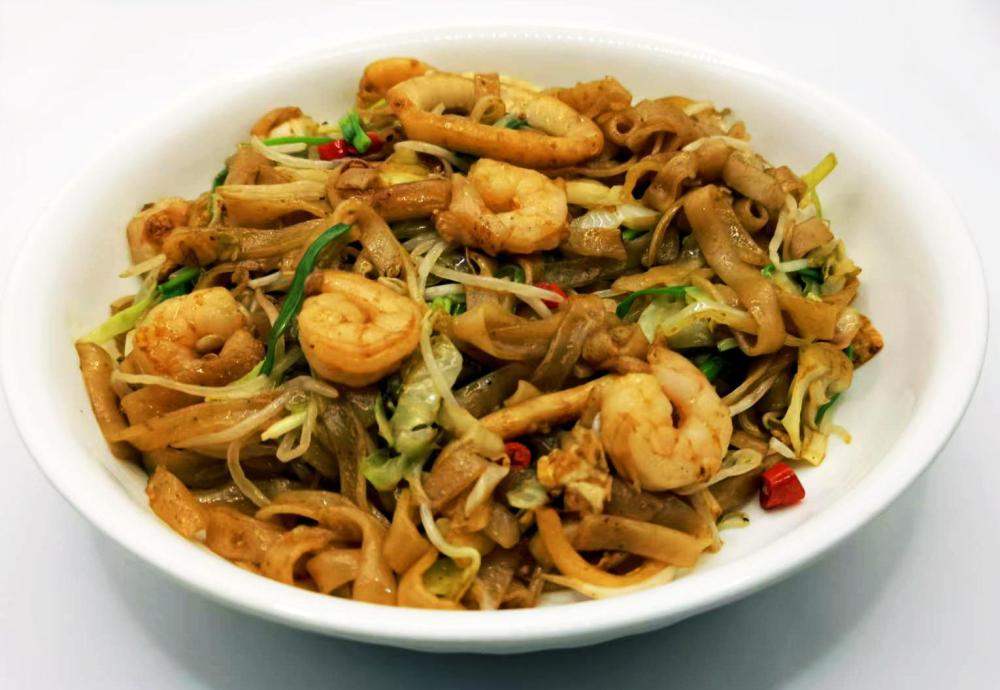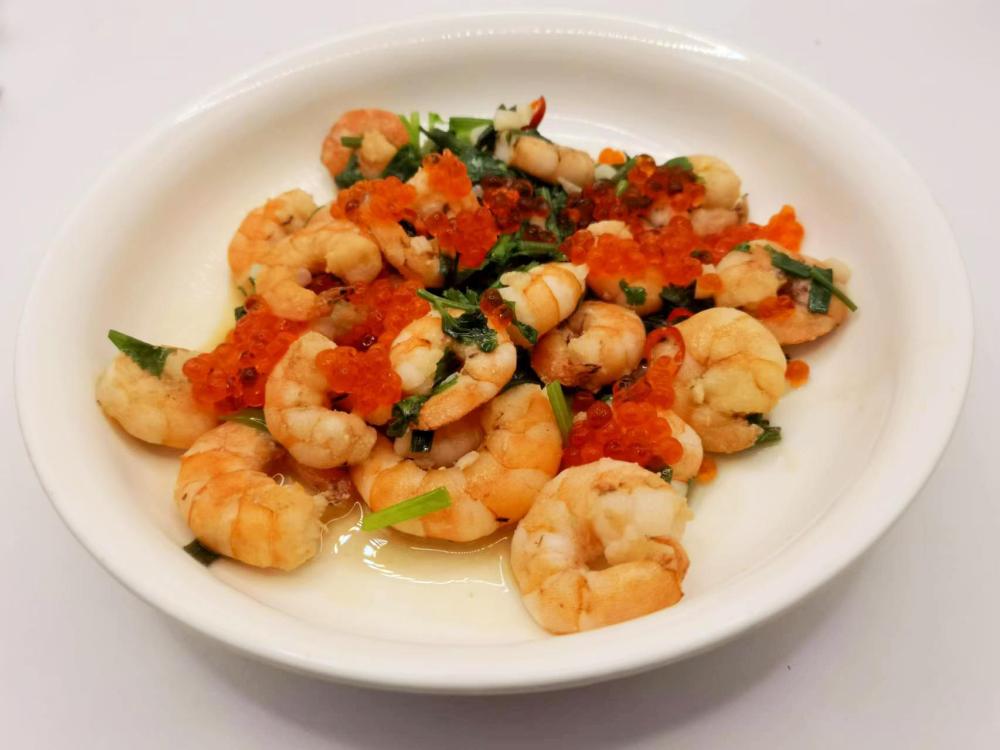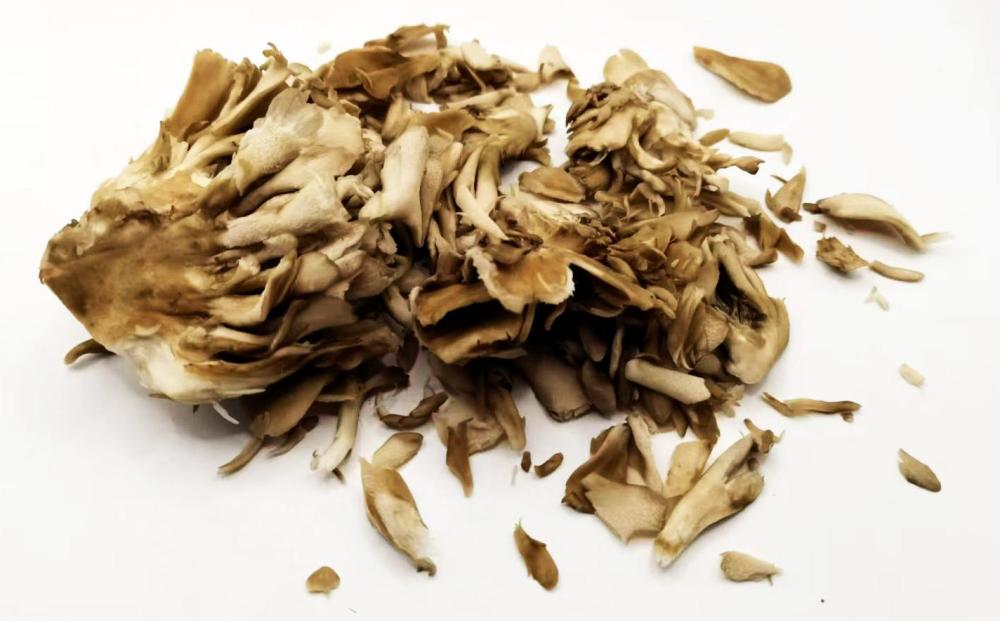-
Posts
16,681 -
Joined
-
Last visited
Content Type
Profiles
Forums
Store
Help Articles
Everything posted by liuzhou
-
The main thing to look for is "Is it real?" "Chinkiang vinegar" is actually known as "Zhenjiang Vinegar" in China as it comes from "镇江 or 鎮江* (zhèn jiāng)" a city in Jiangsu Province near Shanghai. "Chinkiang" is a prehistoric transliteration only used in America and unknown in China. The vinegar is a strictly controlled product, having a geographically protected status, meaning it can only be legally sold under that name if it is made in Zhenjiang. Yours appears to be. Brand choice is not really a worry. They are all made to the same standard, as they have been for around 1,400 years. Ingredients should only be water, rice, with small amounts of wheat and barley. There are other Chinese black vinegars which are cheaper but acceptable when used in small amounts like a splash in some soups. There is more information on Chinese vinegars in this topic here. * The first is Simplified Chinese as used in Mainland China; the second Traditional Chinese as used in Hong, Kong, Taiwan and among much of the Chinese diaspora.
-
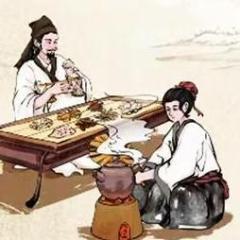
A pictorial guide to Chinese cooking ingredients
liuzhou replied to a topic in China: Cooking & Baking
Somewhat inspired by the turkey-free Thanksgiving topic, I thought I’d look at what birds are available to me here apart from chicken and duck which I have looked at before. Turkey 🦃 is available but takes a bit of searching out. It is not a popular meat in China or in my mouth! It is known as 火鸡 (huǒ jī), literally ‘fire chicken 🔥🐔’. I’m told nearly all turkey goes to pet food manufacturers. The rest goes to ex-pat Americans in Shanghai around this time of year. I’ve never see it sold in markets or supermarkets here in Guangxi, although a few restaurants do have it on their menus, but always in a Chinese style preparation. Few have ovens! That said, there is a turkey farm on the outskirts of the city which is where I got the pet food information. Turkeys currently on sale today range through $35 for a 5-6 kg bird; $60 for a 6-7kg; $70 for a 7-8 kg. The latter two are imported from Russia, whereas the first is domestically produced. Goose Goose, known as 鹅 (é) is more popular, especially in the south and in Hong Kong. Cantonese restaurants throughout China have it on their menus, roasted. They do have ovens. Again I’d say few people cook it at home. Even fewer people have ovens at home. Whole birds are anywhere between $25 and $50. Roast Goose 鸽子 (gē zi), pigeon or 雏鸽 (chú gē), squab are considered medicinal in TCM and are often used to make restorative pigeon soups. Wildly available for home cooking in supermarkets and on-line delivery, live or dressed. Prices for uncooked pigeons range from $4.50 to $13 depending on size. They are also roasted in Cantonese restaurants as well as appearing in other Chinese style dishes such as hot pots and stir fries. Pigeons in my Market Pigeon Roast Pigeon Another common alternative bird is 鹌鹑 (ān chún), quail. These are much easier to find. For home cooking, they can be found in larger supermarkets but I can also buy them from the delivery food companies. They come live or dressed, as you prefer. Quail tend to cost around $4.50 to $5.50 per bird. There is no cost for dressing them. Grilled quail on a stick is a common roadside or food street snack. Quail Roast Quail I very occasionally see people selling pheasant on the streets like this man. They are wild caught; the pheasants not the men. I’ve never bought any here in China. I’m not sure exactly what type of pheasant they are; China has several native species. Also, there are literally dozens of different names for the birds in Chinese. The most common is 雉鸡 (zhì jī). Despite the plethora of names, the actual birds are rare. Be careful! 野鸡 (yě jī) means pheasant, but is also slang for prostitute. I’ve never bought any of them either. -
-
Nyetimber, England's premier sparkling white wine. A blend of Chardonnay, Pinot Noir, and Pinot Meunier.
-
Unconventional breakfast, I make a batch of these pork and chive ravioli / wontons every month or so and freeze them. This morning I was in a hurry so boiled some up (they take two minutes from frozen), dressed them with freshly ground black pepper and served with some real Thai Sriracha.
-
Last month, I posted in the Fun Stuff thread about having bought a selection of sausages. I've been slowly working my way through them. These are described as Mexican Grilling Sausages. They've been sitting vacuum sealed in my freezer, but yesterday I dug one out. This morning I didn't grill it (no grill) but fried it. Then split itinto two to see the interior. Specks of chilli and some unidentifiable herb. I then stuck it into a section of baguette and called it breakfast. Very good. Mildly spicy and good pork flavour. I have no idea how Mexican it really is. Made in China.
-
That article also contains a link to another of their sandwich articles which includes this I don't know where they buy their donkey meat or sandwiches, but I regularly eat donkey in various ways and various cuts and have never encountered 'sinewy' meat. Quite the reverse. It is the tenderest red meat I know. A local restaurant does the sandwiches which I often eat.
-
They're recalling butter because there's milk in it? That's hilarious.
-
This amused me. I ordered a kilo of roasted Yunnan coffee beans online. They arrived this morning and the package contained not only two 500g of beans but a tiny sachet containing three unroasted beans for planting! I'm not sure how that will wok out in my apartment. Coffee trees grow to between approx 10 and 12 feet tall.
-
Rou Jia Mo 肉夹馍 I have to say that the one pictured in the article looks like no roujiamo I've ever seen. The raw herbs is a big no-no in China and the meat is bizarre.
-
海鲜炒粉 (hǎi xiān chǎo fěn). Stir-fried rice noodles with seafood (squid and shrimp). Also garlic, chilli, and some napa cabbage, beansprouts and a little pork that were demanding to be used up.
-
Thank you!
-
I don't know if this is really a stupid question or not, but I can't find any other suitable area to post it, so... A few days ago, I read an article which mentioned a London restaurant that sounded interesting so I found its website and its menu. The menu is here. I'm intrigued by what seems to be a hors d'oeuvre called "Romeo & Juliets". I've Googled the name and nothing relevant comes up. I've even contacted the restaurant but had no response so far. Anyone know?
-
Seafood fried rice. Some prawns that weren't enough for a meal on their own, supplemented by dried scallops and smoked oysters. Chilli, garlic, chives.
-
Although, pandas do prefer bamboo, they are technically carnivores. In the wild they eat small rodents and other small animals as well as birds, fish, eggs etc. In captivity, they do not usually have access to these.
-
Wild caught prawns with garlic, white wine, chilli, coriander leaf, chives and finished with salmon roe. Served with rice.
-
A 63-year-old London man has been arrested in connection with the cheese theft. However, the cheese has not been recovered and is believed to have been shipped to Russia or the Middle East. Inquiries are continuing.
-
-
Another multiple name mushroom, found wild in Yunnan is Cantharellus cibarius*, the Chanterelle or Girolle. Usually known as 鸡油菌 (jī yóu jūn, literally ‘chicken oil mushroom’) but sometimes 黄菇 (huáng gū, ‘yellow mushroom’) or 酒杯蘑菇 (jiǔ bēi mó gu, ‘wine glass mushroom’, presumably for its shape). These are not particularly common though and relatively expensive, coming to me at ¥421.22 / $59 USD per 500g, although that does include air delivery from Yunnan to my door. Well, the plane doesn’t come to the door but close enough! * Cantharellus cibarius is actually a species group. Precisely which member of the group these are, I haven’t yet been able to determine.
-
My beaker is 350ml, but I've never used it with one of those presses. But it should be about right, I guess.
-
I mentioned dried maitake mushrooms back in 2019 but today I took delivery of some fresh from Yunnan province. Grifola frondosa is known by many names such as maitake (舞茸 or マイタケ, "dancing mushroom in Japanese, hen-of-the-woods, ram's head or sheep's head in English and 舞菇 (wǔ gū), 贝叶多孔菌 (bèi yè duō kǒng jūn), 云蕈 (yún xùn ), 栗子蘑 (lì zǐ mó), 栗蘑 (lì mó ), 千佛菌 (qiān fú jūn), 莲花菌 (lián huā jùn), 甜瓜板 (tián guā bǎn), 奇果菌 (qí guǒ jūn), or 叶奇果菌 (yè qí guǒ jūn) in Chinese. It is native to the northern hemisphere from North America, across Europe and to Asia, including China and Japan, where it is particularly valued for dinner. Most in China seems to go mainly to TCM with all the usual unproven medical waffle that entails. Friends here are surprised to see it being eaten. Me likes.
-
Quite common. I have a stainless steel beaker.









